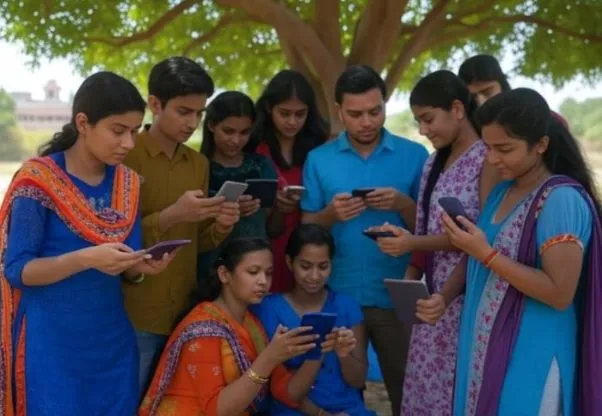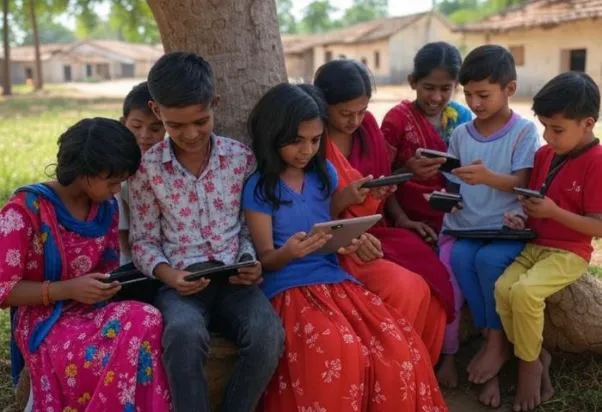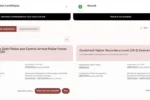E-learning platforms are indeed transforming education in rural India by bridging the digital divide and offering innovative learning solutions. Platforms like BYJU’S, Khan Academy, and Unacademy, along with government initiatives like SWAYAM and DIKSHA, are providing access to quality educational content, personalized learning experiences, and skill development opportunities for students in remote areas.
How E-Learning Apps Are Revolutionizing Education Access in Rural India
Education in rural India has long faced challenges like limited infrastructure, teacher shortages, and geographical isolation. However, the rise of e-learning apps is transforming this landscape, bringing quality education to remote areas. In what can be described as a Crazy Time crazytime.co.in for digital innovation, these apps are bridging gaps, empowering students, and reshaping the future of learning in rural communities. This article explores how e-learning apps are revolutionizing education access in rural India, their benefits, challenges, and potential for growth.

The Rise of E-Learning Apps in Rural India
E-learning apps have gained traction in rural India, driven by increased smartphone penetration and affordable internet access.
- Widespread Smartphone Use: With over 500 million smartphone users in India by 2025, even rural areas have seen a surge in mobile device ownership.
- Affordable Data Plans: Telecom companies like Jio have made internet access cheaper, enabling rural students to stream educational content.
- Popular Platforms: Apps like BYJU’S, Unacademy, and Doubtnut offer tailored content, from video lectures to interactive quizzes, in regional languages.
These platforms are making education accessible to students who previously had little exposure to quality resources.
Benefits of E-Learning for Rural Students
E-learning apps are empowering rural students by providing flexible, personalized, and high-quality education.
- Access to Expert Teachers: Students can learn from top educators across the country, overcoming the shortage of qualified teachers in rural schools.
- Self-Paced Learning: Apps allow students to study at their own pace, revisiting concepts as needed, which is ideal for those balancing farm work or household chores.
- Regional Language Support: Many apps offer content in languages like Hindi, Tamil, and Telugu, ensuring inclusivity for non-English-speaking students.
This democratization of education is helping rural students compete on a national level, from board exams to competitive tests like NEET and JEE.
Bridging the Digital Divide
E-learning apps are playing a crucial role in reducing disparities between urban and rural education systems.
- Cost-Effective Solutions: Many apps offer free or low-cost courses, making education affordable for low-income families.
- Offline Access: Features like downloadable lessons allow students to study without constant internet connectivity, a common issue in rural areas.
- Community Learning: Some apps encourage group learning, where students in villages share devices and learn together, fostering collaboration.
These initiatives are ensuring that rural students are not left behind in the digital education revolution.


Challenges Facing E-Learning in Rural India
Despite their promise, e-learning apps face hurdles that must be addressed to maximize their impact.
- Digital Literacy: Many rural students and parents lack the skills to navigate apps, requiring training and support.
- Infrastructure Gaps: Erratic electricity and poor internet connectivity in some areas hinder consistent access to online learning.
- Device Availability: While smartphone usage is growing, not all families can afford devices, leading to shared or limited access.
Addressing these challenges through government initiatives and public-private partnerships is essential for sustainable growth.
The Future of E-Learning in Rural India
The potential for e-learning apps to transform rural education is immense, with technology continuing to evolve.
- AI and Personalization: Future apps may use AI to create customized learning paths, addressing individual student needs more effectively.
- Government Support: Programs like Digital India and Samagra Shiksha are promoting digital education, providing devices and internet access to rural schools.
- Local Content Creation: Encouraging local educators to create content can make learning more relatable and culturally relevant for rural students.
With continued innovation and investment, e-learning apps can further expand their reach and impact.
Conclusion
E-learning apps are revolutionizing education access in rural India, breaking down barriers and providing opportunities for millions of students. By offering quality resources, personalized learning, and regional language support, these platforms are empowering rural youth to dream bigger and achieve more. As technology advances and challenges are addressed, the future of education in rural India looks brighter than ever, with tools like the Crazy Time App https://crazytime.co.in/mobile-app/ leading the charge in this transformative journey.


